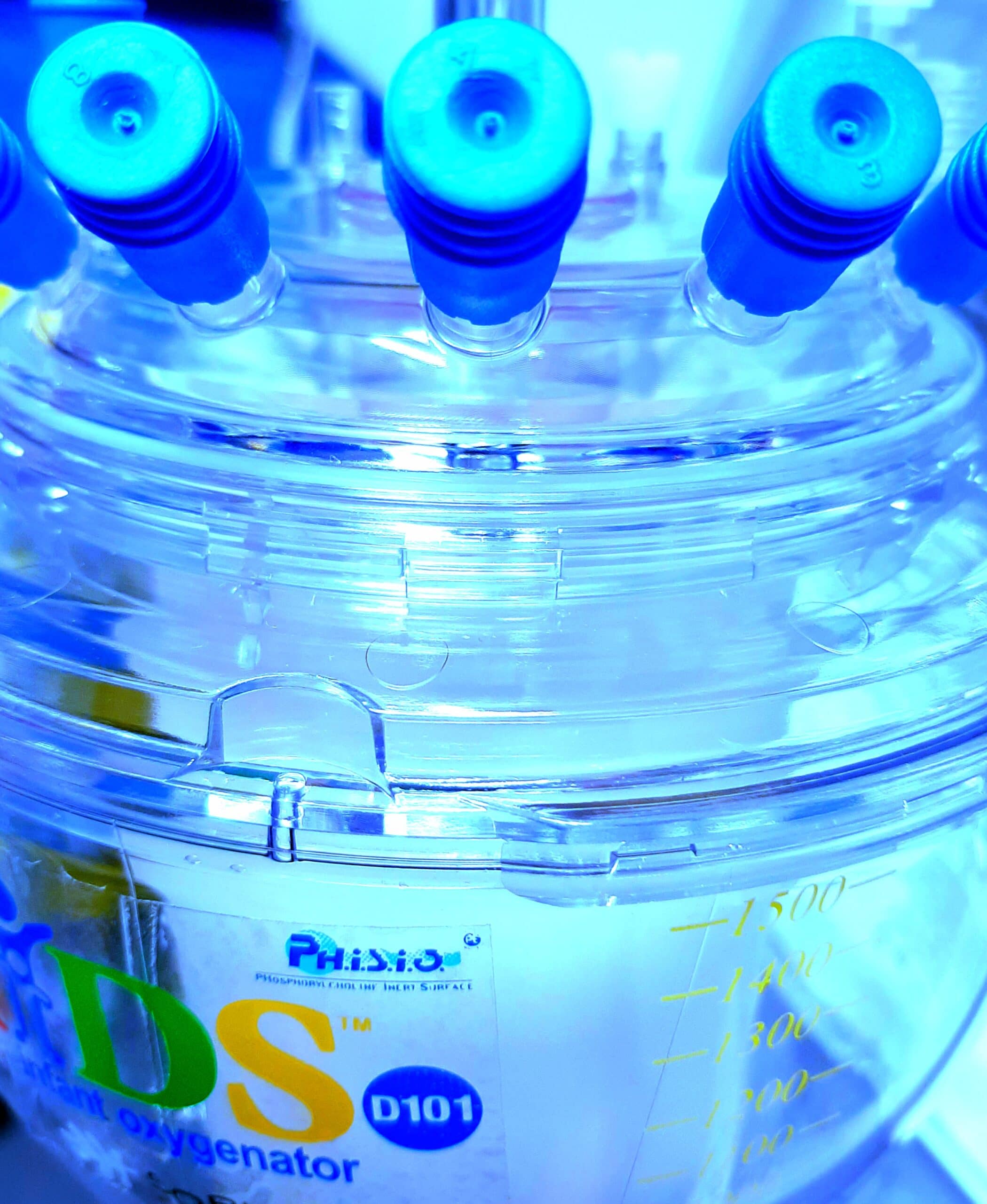C-Reactive Protein and Procalcitonin after Congenital Heart Surgery Utilizing Cardiopulmonary Bypass: When Should We Be Worried?

Introduction
To assess the efficacy of C-reactive protein (CRP) and procalcitonin (PCT) at identifying infection in children after congenital heart surgery (CHS) with cardiopulmonary bypass (CPB).
Materials and Methods
Systematic review of the literature was conducted to identify studies with data regarding CRP and/or PCT after CHS with CPB. The primary variables identified to be characterized were CRP and PCT at different timepoints. The main inclusion criteria were children who underwent CHS with CPB. Subset analyses for those with and without documented infection were conducted in similar fashion. A p value of less than .05 was considered statistically significant.
Results
A total of 21 studies were included for CRP with 1655 patients and a total of 9 studies were included for PCT with 882 patients. CRP peaked on postoperative Day 2. A significant difference was noted in those with infection only on postoperative Day 4 with a level of 53.60 mg/L in those with documented infection versus 29.68 mg/L in those without. PCT peaked on postoperative Day 2. A significant difference was noted in those with infection on postoperative Days 1, 2, and 3 with a level of 12.9 ng/ml in those with documented infection versus 5.6 ng/ml in those without.
Conclusions
Both CRP and PCT increase after CHS with CPB and peak on postoperative day 2. PCT has a greater statistically significant difference in those with documented infection when compared to CRP and a PCT of greater than 5.6 ng/ml should raise suspicion for infection.
